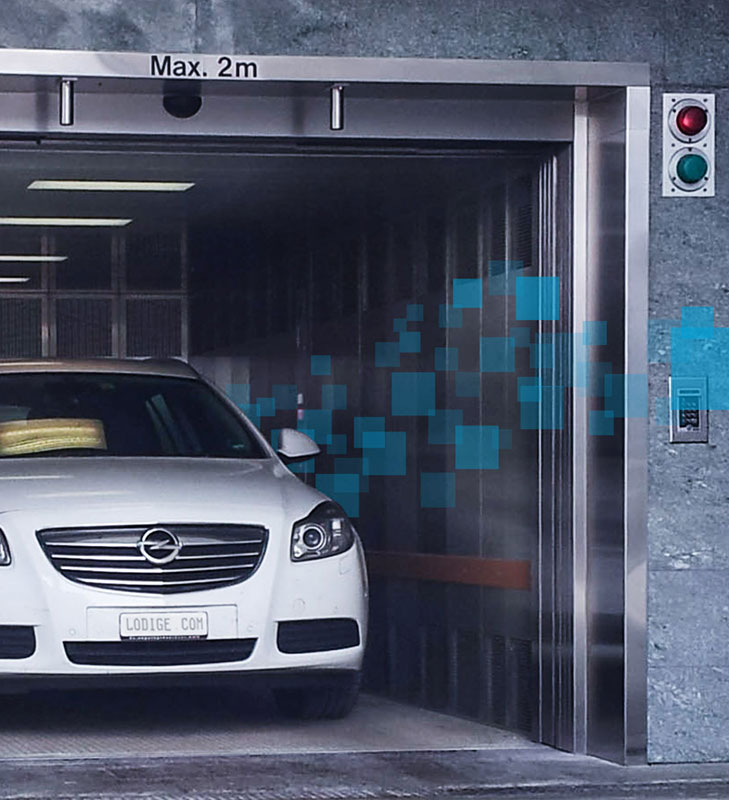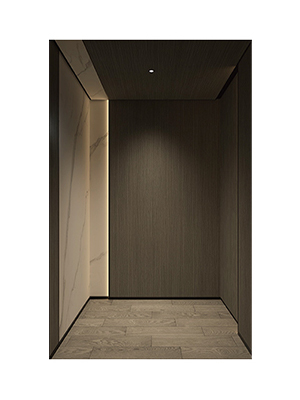Car elevators, also known as vehicle lifts, are increasingly popular solutions for maximizing space in residential garages, commercial buildings, and multi-level parking structures. They allow vehicles to be stored or accessed vertically, providing convenience and efficient use of space. While the concept may seem futuristic, one question often arises among potential buyers: Are car elevators safe to use? The answer is generally yes, provided certain safety standards and proper maintenance practices are followed.
1. Modern Engineering and Safety Standards
Most modern car elevators are designed with safety as a top priority. They are engineered using robust materials, such as high-grade steel and reinforced hydraulic systems, capable of supporting thousands of pounds of weight. International safety standards, such as those outlined by ASME (American Society of Mechanical Engineers) and CE (Conformité Européenne) in Europe, regulate the design, manufacturing, and testing of car elevators. These standards ensure that elevators have fail-safes, emergency brakes, and overload protection mechanisms to prevent accidents.
2. Types of Car Elevators and Safety Features
Car elevators generally fall into two categories: hydraulic and traction (cable-driven) systems. Each type comes with specific safety features:
Hydraulic Car Elevators: These use hydraulic cylinders to lift the platform. They typically include safety valves to prevent sudden drops if the hydraulic system fails, emergency lowering functions, and automatic locking mechanisms.
Traction or Cable-Driven Elevators: These rely on strong steel cables and counterweights. Safety measures often include multiple cables for redundancy, automatic braking systems, and sensors that prevent operation if weight limits are exceeded.
In addition, most car elevators are equipped with interlock doors, sensors to detect obstructions, and warning systems to alert users if maintenance is needed.

3. Maintenance and Inspection
Even the most well-engineered car elevators require regular maintenance to remain safe. Routine inspections should include checking hydraulic fluid levels, examining cables for wear, testing emergency brakes, and ensuring electronic safety systems function correctly. Many manufacturers recommend annual professional inspections, while some high-usage elevators may require semi-annual checks. Proper maintenance not only ensures safety but also prolongs the life of the elevator.
4. User Safety Practices
The safety of a car elevator is also influenced by how it is used. Users should follow basic safety practices:
Never exceed the weight limit specified by the manufacturer.Ensure vehicles are properly aligned on the platform.Avoid sudden movements or abrupt starts and stops.Keep children and pets away from the elevator during operation.Follow all operational instructions provided by the manufacturer.Adhering to these guidelines significantly reduces the risk of accidents.
5. Common Misconceptions About Car Elevator Safety
Some people worry that car elevators are prone to mechanical failures, leading to dangerous situations. While no machine is entirely risk-free, modern car elevators are designed with multiple layers of protection. Redundant safety features, such as multiple cables, automatic brakes, and overload sensors, make catastrophic failures extremely rare. Moreover, regulatory standards in most countries require manufacturers to conduct extensive testing before an elevator reaches the market.
Another misconception is that car elevators are only suitable for commercial use. In fact, many residential models are designed with the same safety features as commercial elevators, making them safe for private garages.
6. Emergency Preparedness
Car elevators are also equipped for emergencies. In the unlikely event of power failure, most systems have manual lowering mechanisms that allow the vehicle to be safely brought down. Alarm systems and communication devices can alert building personnel or emergency services if a problem occurs. Training users on emergency procedures further enhances safety and peace of mind.
Car elevators are generally safe to use when installed, maintained, and operated correctly. Modern engineering, compliance with international safety standards, and built-in protective features ensure that the risk of accidents is minimal. Regular maintenance and responsible usage are key to sustaining safety over time. For homeowners and businesses looking to maximize space efficiently, car elevators offer a practical and safe solution, combining convenience with advanced safety technology. With proper precautions, concerns about their safety can largely be alleviated, making car elevators a viable option for both residential and commercial applications.











